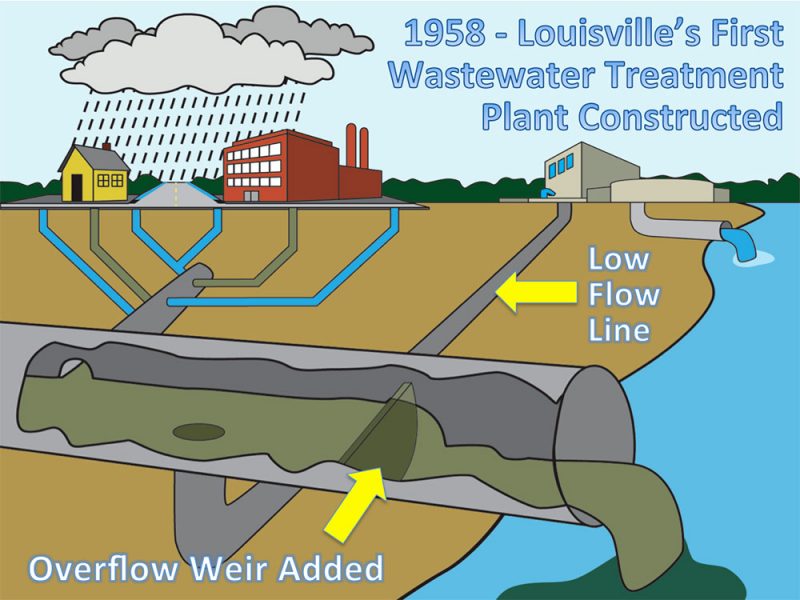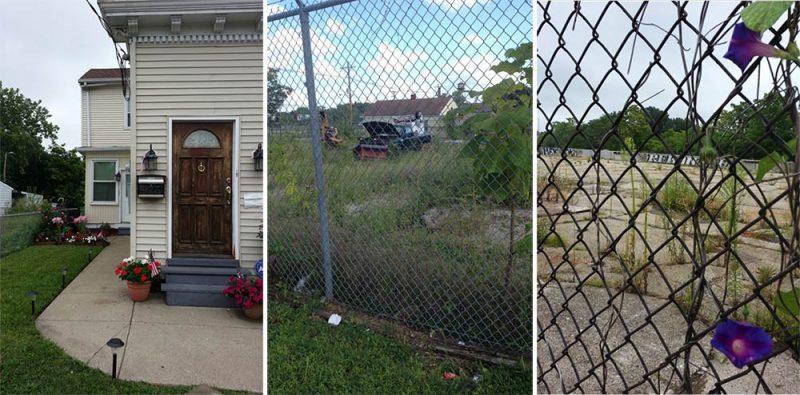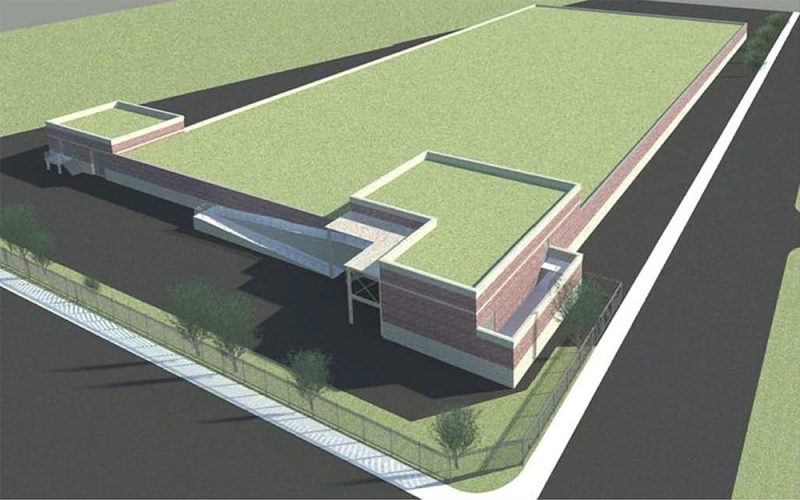Waterway Improvements Now—also known as Project WIN—is the slogan-slash-acronym for the Metropolitan Sewer District’s latest initiative to reduce water pollution and overflows from Louisville’s sewer systems, most of which pour into Beargrass Creek or the Ohio River.
The plan comes out of a legally binding Federal Amended Consent Decree that identifies such overflows as potential violations of the Clean Water Act.
Louisville’s first sewers were constructed during the early 1800s and were designed to drain stormwater to a river or stream. As indoor plumbing became commonplace, the city augmented the existing sewers to collect wastewater along with the rainfall. These pipes were known as “combined sewers” and continue to be utilized in communities inside the Watterson Expressway.

First, a bit of terminology…
- Combined sewers are designed to transport wastewater to treatment facilities most of the time, but the pipes tend to flood during rainstorms. These overflows are called combined sewer overflows (CSOs).
- In neighborhoods outside the Watterson, sewage and stormwater are carried through separate pipes that were not intended to accommodate floods. Such overflows are called sanitary sewer overflows (SSOs).
To confront these overflow challenges, MSD assembled a Wet Weather Team that was comprised of community stakeholders from Metro Government departments and educational institutions. Their job: to develop a plan to mitigate the sewage and stormwater overflows that tend to occur during rainstorms.

This strategy evolved into what is now known as the Integrated Overflow Abatement Plan (IOAP), which called for the construction of several sewage and stormwater storage basins around the city.
Water infrastructure, like the proposed storage basins, can be constructed as either “green” or “gray”—they can facilitate the use of natural environment to filter water pollutants, or they can use engineered solutions that typically require steel and concrete.

Originally, the plan included 14 basins for CSO control and 9 basins for SSO control. As the strategy evolved, two planned CSO basins have been replaced with green infrastructure programs—soon to be located in the Clifton and Portland neighborhoods—and two other CSO basins were eliminated completely. However, the remaining basins are moving forward with gray infrastructural designs.
According to Angela Akridge, program manager for Project WIN, green infrastructure is largely insufficient to meet federal standards and to deal with the sheer quantity of water that Louisville’s sewers are expected to handle.
“The only way to make a fully green infrastructure to work is to essentially tear up all the concrete and non-permeable surfaces across the city—but that would require a dramatic change in the way Americans use transportation,” said Akridge. “When we have a deadline to meet, and we have regulations to follow, our options are limited.”
Community members have questioned the need for gray infrastructure basins in areas where construction is scheduled to happen soon. One resident in particular, who wished to remain anonymous, expressed her frustration because MSD purchased her house in order to make room for a CSO basin on an adjoining lot in Smoketown.

According to an interview obtained from Kentuckians for the Commonwealth—documented during their Vision Smoketown project—the resident said, “We have to be out of here by 2017. It’s going to be hard to find another place like this.”
However, a spokesperson from MSD clarified, saying the houses that MSD purchased were outside the basin construction zone and were acquired just as a courtesy to neighboring residents.
During the development of the IOAP, MSD held 22 public meetings between April 2007 and November 2008. The meetings consisted of four rounds of conferences between project managers and area residents and were held at multiple locations across Jefferson County.
- Round 1 meetings introduced the sewer overflow problem, the requirements of the Consent Decree and the potential for rate increase to fund corrective actions.
- Round 2 presented preliminary locations for potential projects and continued the discussion of potential rate increases.
- Round 3 presented the preliminary list of recommended projects and probable project locations across the county.
- Round 4 presented the proposed projects, locations, and program funding, including projected IOAP-driven rate increases through 2024.

MSD officials said they would continue to hold general information and project specific outreach meetings three to four times per year.
To supplement the public meetings, MSD developed the Project WIN website with a broad range of resources available, including suggestions for property owners on what they can do to help alleviate stormwater runoff in their neighborhoods.
These suggestions include: use less water during rain events; don’t flush things that can’t biodegrade; minimize the use of pesticides and herbicides in your yard; and properly scoop pet waste.
“The best thing a property owner can to do help storm water runoff is to put water in rain barrels to allow water to permeate the soil instead of flow directly into the sewers,” said Akridge. “It stops the overflow right at the source and allows the trees and other plants to naturally filter out any pollutants.”
For more information about the project, visit the MSD Project WIN website.
Full disclosure: Elijah co-authored the Vision Smoketown report and helped with Kentuckians for the Commonwealth’s canvassing efforts in the Smoketown neighborhood.




What is the green infrastructure project going into Portland? And where is it going?
$ 850 million cost to the community is misinformation. MSD doesn’t disclose the $ 850 million is
borrowed money from bond issues that bear significant interest. Thus most of the $ 2.3 billion dollars that
community rate payers will be repaying until 2050 or so, do not go to capital construction, but instead into the pockets of investors, bankers and bond holders—the elite few. Coupled with the fact that the Logan Basin
as presently configured is unnecessary–if a green infrastructure retrofit ordinance was passed–the entire boondogle is a giveaway from the middle and lower class rate payers to elite financiers and engineering corporations and their policy making puppets. Ms Akridge is right about rain barrels but misstates the impact of a green infrastructure ordinance or the pressure to follow the Consent decree schedule–it was deliberately made adaptable by the Court to integrate new technology like green infrastructure.